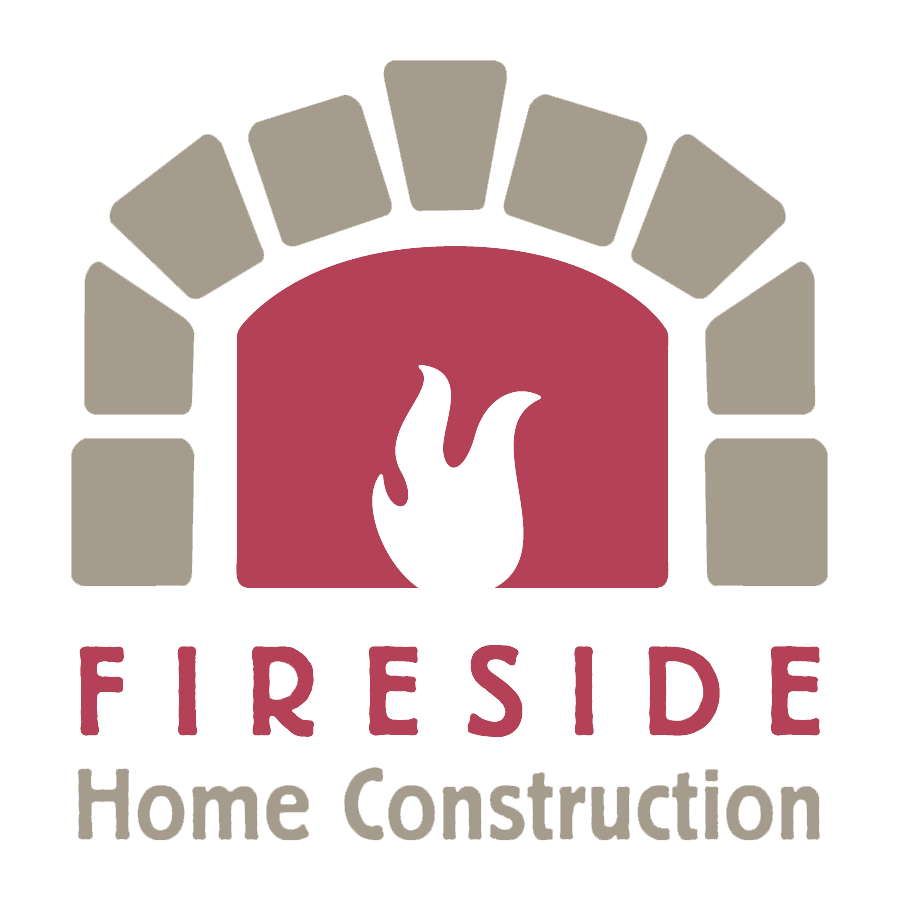Siding: Its Shades of “Green” are in the Eye of the Beholder
Ensuring the beauty of your home’s exterior can be challenging when going green, but it is well worth the effort in terms of ensuring your home’s durability and for eliminating hazards to people and the environment.
There’s a lot to consider in this seemingly simple decision, though, so it’s definitely worth seeking help from an expert in making your siding decisions. After all, the answers are not necessarily "cut and dry." There are many "shades of green."
For example, if you are worried about pollution, you may wish to avoid vinyl siding because it may contain polyvinyl chloride, or PVC. When PVC is manufactured (or if it is ever burned in a fire or incinerator), it creates a great many deeply concerning environmental pollutants, including dioxin, a potent carcinogenic.
If you are more concerned about landfill waste, you need to know that vinyl siding use has its benefits in this regard. During manufacturing, for instance, it actually uses less energy than either wood or aluminum, and, after use, it can be recycled. In the event that it ends up in a landfill, it is chemically stable and no harmful chemicals leach out of the material to pollute the environment.
Other choices that are more green during manufacturing include sustainable options like solid wood, fiber cement, metal, engineered wood, stucco and stone, but eco-conscious users of these materials should pay careful attention to the resins and adhesives they must use for these projects. Many of them may have an off-gassing effect. Users should also be conscious of energy or natural resources used in maintaining their selection.
In Michigan, I like to use fiber cement siding. Why? I like it for its longevity, its appearance, the fact that it is both fire and storm resistant and because color choices are virtually unlimited!
No matter what type of siding you decide on for your home or project, consider its impact on energy use. If you are looking to maximize energy efficiency in an existing home, you might consider insulated siding. It includes a rigid foam insulation that is fused behind the exterior surface of the siding panel. Since the insulation is contoured to fill the gap between the siding and the building on which it is installed, it reduces thermal bridging and therefore delivers maximum energy efficiency — and maximum energy savings — along with durability, low maintenance and lasting beauty. It can also qualify you for beneficial tax credits.
So many decisions, I know, but consider this: there are a LOT of good choices!
